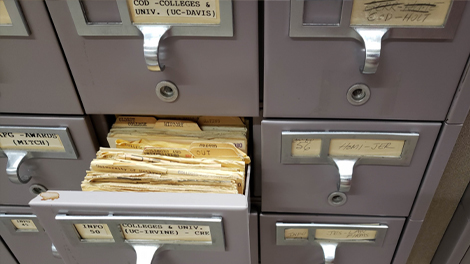reply to u/scihuy at https://www.reddit.com/r/Zettelkasten/comments/1c2b2d6/note_taking_in_the_past/kzcg3qa/
I posed your question to my own card index:
Generally scientists haven't spent the time to talk about their methods the way those in the social sciences and humanities are apt to do. This being said, their methods are unsurprisingly all the same.
If you want to look up examples, you can delve into the nachlass (digitized or not) of most of the famous scientists and mathematicians out there to verify this. Ramon Llull certainly wrote, but broadly memorized all of his work; Newton had his wastebooks; Leibnitz used Thomas Harrison's Ark of Studies cabinet; Carl Linnaeus "invented" index cards for his work (search for the work of Staffan Müller-Wille and Isabelle Charmantier); Erasmus Darwin and Charles Darwin both used commonplace books; physicist Mario Bunge had a significant zettelkasten practice; Richard Feynman used notebooks; engineer Ross Ashby used a combination of notebooks which he indexed using a card index.
For historical reasons, most used a commonplace book method in which they indexed against keywords rather than Luhmann's variation, but broadly the results are the same either way.
Computer scientist Gerald Weinberg is one of the few I'm aware of within the sciences who's written a note taking manual, but again, his method is broadly the same as that described by other writers for centuries:
Weinberg, Gerald M. Weinberg on Writing: The Fieldstone Method. New York, N.Y: Dorset House, 2005.
I identify as both a mathematician and an engineer, and I have a paper-based zettelkasten for these areas, primarily as I prefer writing out equations versus attempting to write everything out as LaTeX. I'm sure others here could add their experiences as well. I've previously written about zettelkasten from the framing of set theory, topology, dense sets, and have even touched on it with respect to the ideas of equivalence classes and category theory, though I haven't published much in depth here as most don't have the mathematical sophistication to appreciate the structures and analogies.


 Caption: A small rolodex file in grey and black plastic with a picture frame on the front with space for a small photo, in this case either a picture of a young child or a family dog
Caption: A small rolodex file in grey and black plastic with a picture frame on the front with space for a small photo, in this case either a picture of a young child or a family dog

